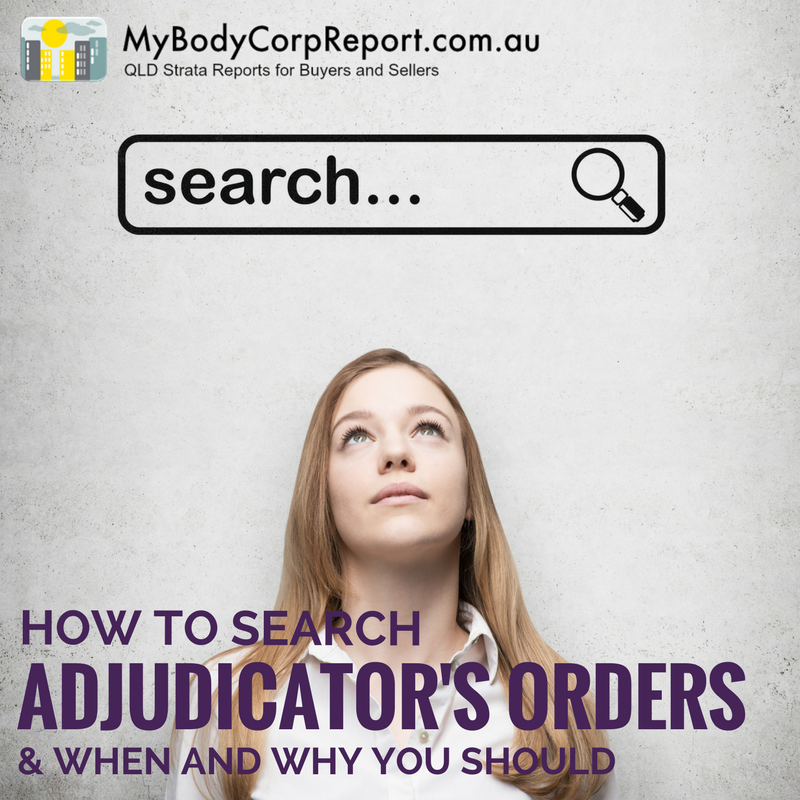There is no government body responsible for ensuring “fair play” in the body corporate world, something that often comes as a shock to owners.
Instead there is a specialist body corporate court, administered by Office of the Commissioner Body Corporate.
Orders made by an Adjudicator become part of the legal interpretation of the body corporate law. All decisions since 2000 are available online for free.
This article is about how to search Adjudicators Orders and what to look for.
Why Search Adjudicators Orders?
Legislation needs to be fairly broad to cover as many potential situations as possible. Combine broad legislation with the multitudes of ways schemes can be built and registered and its anyone’s guess how that legislation may be applied to any given set of facts.
That’s the role of the court: interpreting the legislation in reference to a given set of facts.
I urge owners to question decisions made by their committees: remember these decisions are being made by lay-people, owners just like you. Decisions can and do breach legislation all the time. And unless you complain the decision will stand.
But one the first things you should consider before seeking Adjudication is “could I be wrong?”.
It’s worth doing a search of Adjudicators Orders to avoid wasting everyone’s time, energy and money if you’ve made an incorrect assumption that can be easily cleared up.
There are going to be situations where the answer is uncertain. The law might be clear but the application of that law to your specific set of circumstances could be argued either way. Or the other way around.
To demonstrate how to search I’ve made up the following question:
There is a retaining wall at the back of my property that sits on the boundary between the body corporate and the neighbours. It is made of wood and has a fence on top of it. The wall is rotting and falling away pulling the fence down with it. The body corporate says it is my responsibility to fix the wall so they can fix the fence. Is that right?
How to Search Adjudicators Orders
Access the Adjudicators Order database at http://www.austlii.edu.au/au/cases/qld/QBCCMCmr/ or use the handy button below.
When you click the link or access the page you arrive at a database screen that looks like this:
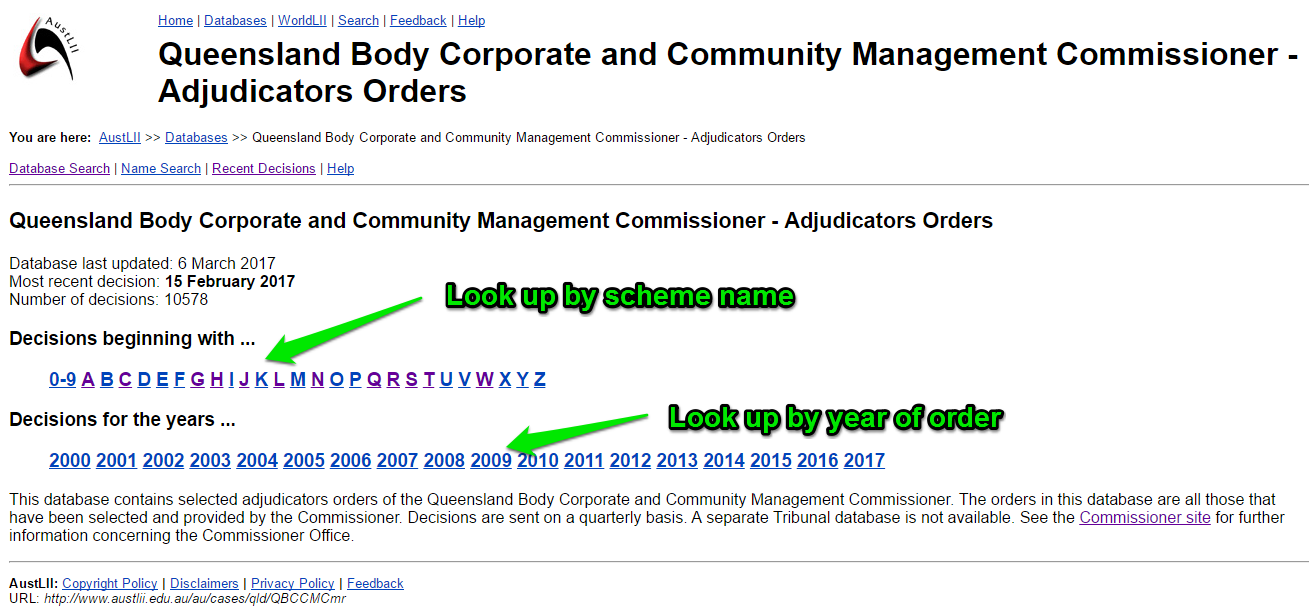
FIGURE 1: Adjudicators Orders search screen. Searches may be done by looking up a scheme name, browsing year of order or via an Advanced Search.
If you’re looking to see if a particular scheme has any orders you can look up the scheme name.
Please note that you need to check both the scheme name and the CTS number. There are multiple schemes with the same name but CTS numbers are unique.
You can also look up orders by years ordered.
To answer our question about retaining walls we need a more in depth search. From the same screen select Database Search.
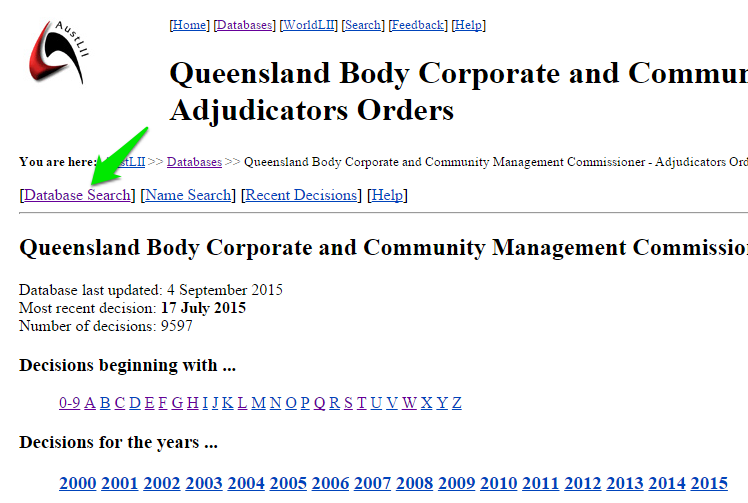
FIGURE 2: Select [Database Search] to access the Advanced Search screenThis will launch a screen that looks like Figure 3.
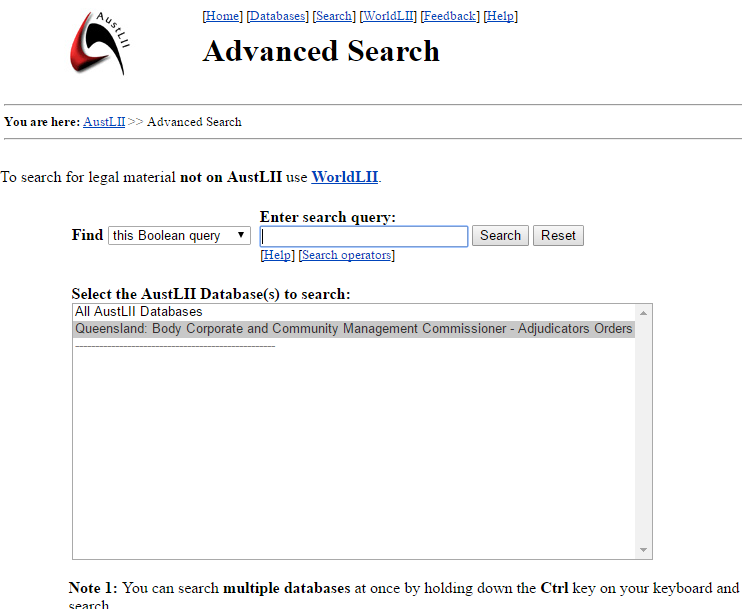
FIGURE 3: Advanced Search window. If you have one word or phrase you’re searching enter the search query and hit SEARCH
There are hundred’s of thousands of Adjudicators Orders on all sorts of subjects. Many of them have multiple subjects. We need to be as clear as we can with the term we search for best results.
A Boolean query will search for the term you enter exactly as you enter it.
I could enter the phrase “retaining walls” here and find information on my subject topic.
The search is going to return a list of orders, shown at Figure 4, which I’ll need to read through to find my answer.
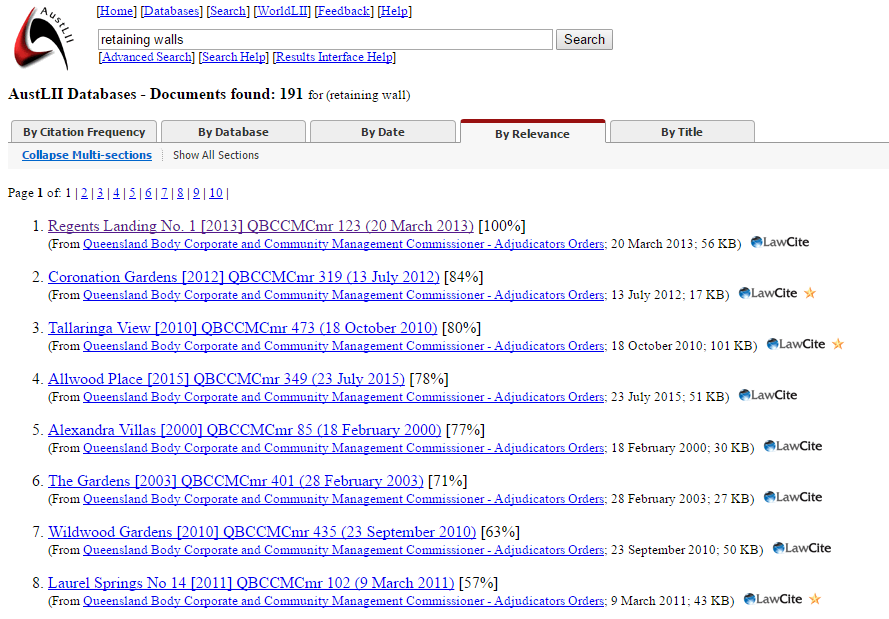
FIGURE 4: Results of the Boolean search with phrase “Retaining Walls”
Narrowing Your Adjudicators Order Search
I would prefer to narrow the search so I have a higher chance of getting what I want on the first search.
To do that I am going to search on more than one term. In this case “retaining wall” and “boundary”.
I cannot do a Boolean search however as the likelihood of the two terms being written together are slim.
Instead I will need to change the Find field from “this Boolean search” to “all of these words”. Click on the down arrow beside Boolean search and a number of options will appear as shown in figure 5. Select the “all of these words” setting.
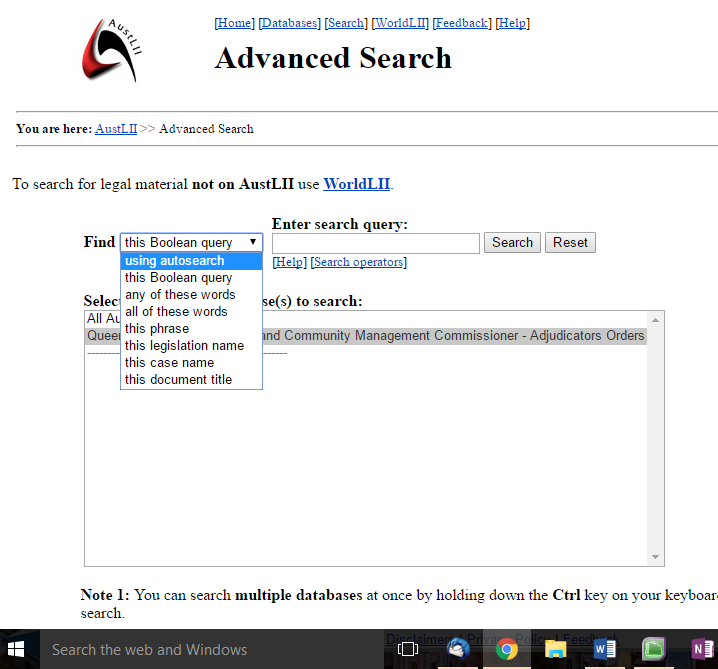
FIGURE 5: Change the Find setting from “this Boolean query” to “all of these words” to enter multiple search terms
Enter each term with a comma separating them. A phrase, such as retaining wall, is one term.
That would look like figure 6 below. Select search and return results as shown in figure 7 will be generated.
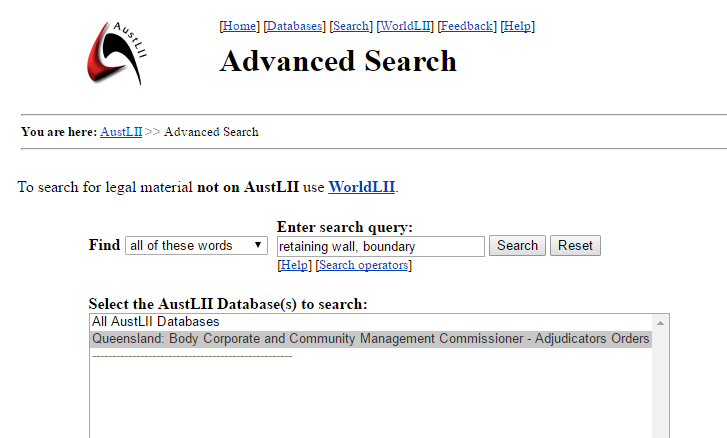
FIGURE 6: Advanced search using “any of these words” setting and two search phrases, separated by a comma,
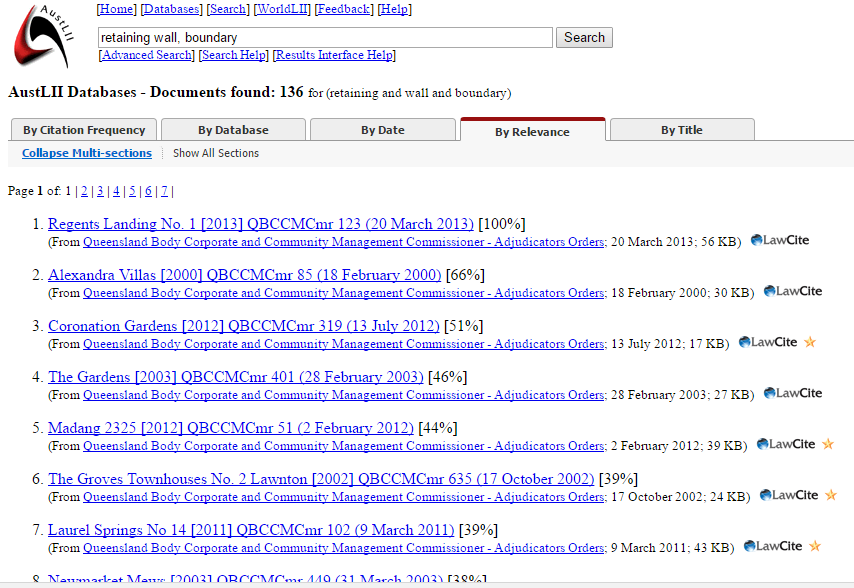
FIGURE 7: Advanced search results for two search phrases
Handily the results are shown with scores. In this case our best result is the top one with 100% rating.
Making Sense of Adjudicators Order’s
Now that we have a list of orders our next step is to get reading. For this example I am looking at the order Regents Landing No. 1 [2013] QBCCMCmr 123 (20 March 2013).
One of the first things to check is the date of the order. Legislation and its application evolve over time so newer orders are better.
Adjudicators Orders follow a specific pattern. At the top are specific “catchwords” that summarise the facts of the case. Underneath is the order made and then reasons for decisions.
Compare the Facts of the Case
The facts of the case are set out at the top of the reasons to give us a clear outline for the decisions. Skim through this part first to make sure it’s talking about the same issues that suit your case. If they do keep reading. If not, go check another order.
For my question the order returned does deal with similar facts about retaining walls on scheme boundaries.
A reading of the case shows that section 311 of the BCCM Act 1997 notes that boundary fences are the responsibility of the body corporate but then the Neighbourhood Disputes Resolution Act applies. A quick google search finds:
Retaining walls are not classed as fences under the Neighbourhood Disputes Resolution Act 2011 (PDF). Retaining walls are built to support built up or excavated earth. They are normally not a matter of joint responsibility for neighbours as they are usually benefit one neighbour more than the other. However, QCAT can make orders about fencing disputes that includes work on a retaining wall if the repair of the fence will also require work on the retaining wall.
Conclusion
The question was, the retaining wall on the boundary is failing and causing damage to the fence above it. Who is responsible?
The order above shows most likely the owner is responsible for the retaining wall.
It could be argued that the retaining wall is part of the overall boundary fencing structure of the scheme and as such should be body corporate responsibility.
The lot owner must decide what to do next.
It is clear the body corporate is not being unreasonable insisting the owner repair the wall. It’s also clear that there is a possibility the wall may be part of the fence structure. Is it worth pursuing?
Body corporate legislation and it’s application is huge. And often very confusing. Having endless questions is a given. Being able to search Adjudicators Orders will at least give you another tool for seeking answers.
